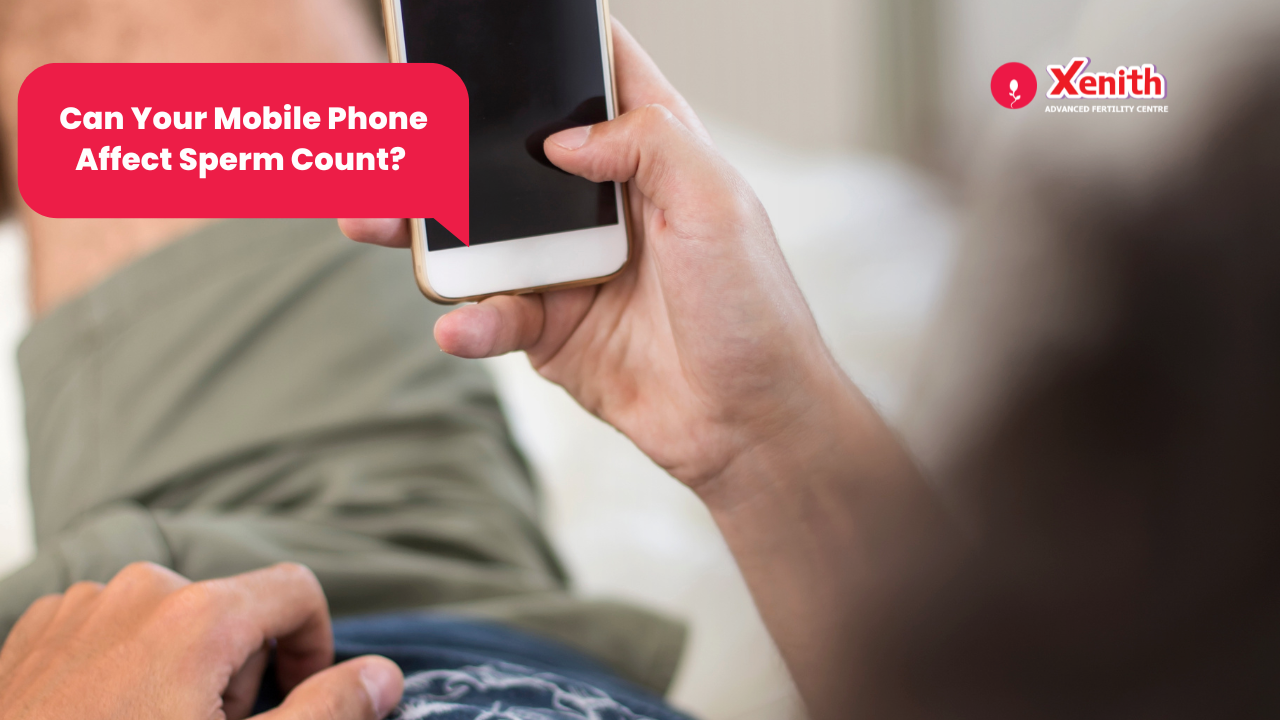Mobile phone usage has become prevalent throughout the world for keeping in touch with friends and family and due to the influence of social media, watching videos, gaming, surfing the internet, emails, and so many other tasks all accomplished in one small handheld device. Its widespread use and improving technology like smartphones have led to the need for more mobile networks and faster speeds. Mobile networks have evolved over time due to changing needs starting with 1G(generation), 2G, 3G, 4G and the latest being 5G with 5G being the fastest speed and improved data rates. Mobile phones communicate with each other by transmitting radio waves through various fixed antennas located throughout. The exposure to the effect or power of radio frequency waves decreases with increasing distance from the phone to the user and the amount of phone usage. It could also depend on the type of phone and type of battery it uses. Exposure also decreases in areas where there is good reception because the phone can then transmit at reduced power. Long term exposure to radio waves could risk thermal damage and some health problems. 5G networks are becoming more common due to its advantages of its ability to connect to more devices and providing faster service. However, 5G transfers data using millimetre waves and since they only work on a short range and could be blocked by walls, many new antennas need to be installed every 100-200m which could significantly increase exposure to radio frequency radiation.
Mobile phones can transmit and receive radio frequency signals. A person’s voice is converted into an electrical signal which is then converted into radio signals and transmitted to a nearby cell tower and passed on until it is transmitted to the antenna of the other phone. This phone then converts the radio signal to an electrical signal and then into sound which could be understood by the person on the receiving end of the phone call.
A cell phone receives radio waves or signals from the cell tower. The number of “bars” in the mobile phone shows the strength of the received signals. When the number of bars is high or maximum, the received signal strength is high since the cell tower is closer. So, the mobile phone needs to expend less power in transmitting the radio signals thereby conserving battery life. However, when the number of bars is low, the cell tower is farther away. In this case, mobile phones need to expend more power to transmit stronger signals which drain the battery and hence studies shows mobile phone affect sperm.
Does mobile phone use affect sperm health?
Many studies have been carried out on the effects of sperm health and mobile phone usage. Their effects on male reproductive system could be through electromagnetic waves and/or through thermal or heat, both of which could be deleterious to sperm health. One study found that exposure to mobile phone use is associated with decreased sperm motility or movement, sperm viability or survival and concentration or sperm count per ml.(2) Another study has found that long term exposure of semen to mobile phone radio frequency leads to significant decrease in number of sperm with progressive or forward movement which is important characteristic to reach the egg and penetrate it for fertilization to occur. Prolonged exposure could also bring about sperm DNA fragmentation or break in DNA strands. (1)
The Leydig cells which produce testosterone and sperm are most vulnerable to radiofrequency radiation causing DNA damage affecting semen quality and fertility.(4,5)
Thermal effects
Heat could be generated in a mobile phone due to poor ventilation, battery heating, prolonged phone usage, and background activity of various apps. Many different parts of the smartphone put out heat, including the processor, 5G mmWave antennas, the camera, the battery and its management system, and other components. The newer smartphones emit a lot less energy absorbed by the body and have much higher battery capacity than the older mobile phones, decreasing the effect of heating on the body. Testicles in the scrotum depend on surface conduction rather than blood flow for controlling its temperature. Sperm production is temperature dependent, needing a temperature of 2–4°C below the general body temperature.(6) One study found that heat stress in the scrotum increased testicular tissue temperature, decreased sperm concentration and motility. They found that each 1°C increase in testicular temperature led to a 14% decrease in spermatogenesis. (6)
Mobile phones stored in pants pockets were also found to affect sperm quality. (7)
How to reduce the risks of cell phone use
- Keep your phone further away from you especially when it is not in use like on the desk, or in a bag rather than in your pocket close to your testicles.
- Try to decrease phone usage which in addition to affecting sperm health could affect your sleep, and could affect you psychologically which could indirectly affect the quality of the semen.
- Try to use a hands-free device especially if you use your phone a lot and keep the phone away from you.
- Follow a healthy lifestyle like getting regular exercise, eating healthy foods, following a balanced diet, getting enough sleep, managing stress, and keeping a healthy weight which could all, in turn, affect your fertility.
- Try to use a newer phone which emits less radiation from radio frequency.
Technological advances which could decrease risk of radio frequency could include use of hands free devices keeping the phone farther from your body and using newer models of phone which emit less radiation. Use of mobile phones could affect sperm count especially if it is used for long periods of time. Try not to keep the phone in close proximity to your body. If you have any questions about usage of mobile phones and its effect on your fertility, come talk to the experts at Xenith Advanced Fertility Centre.




